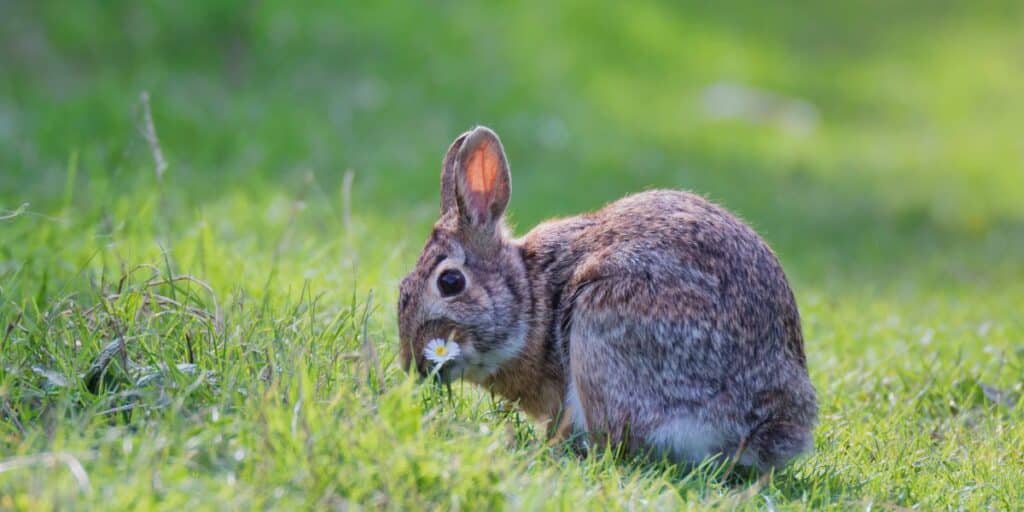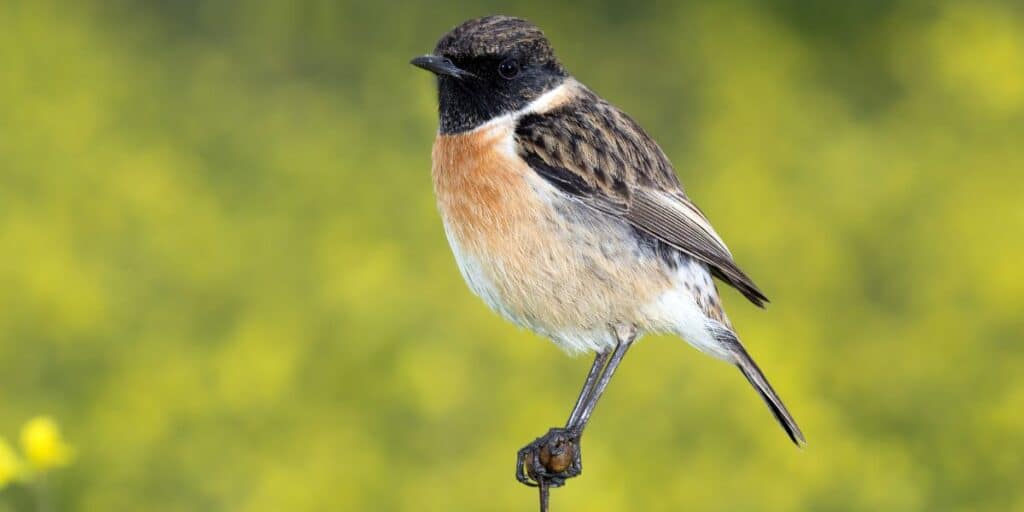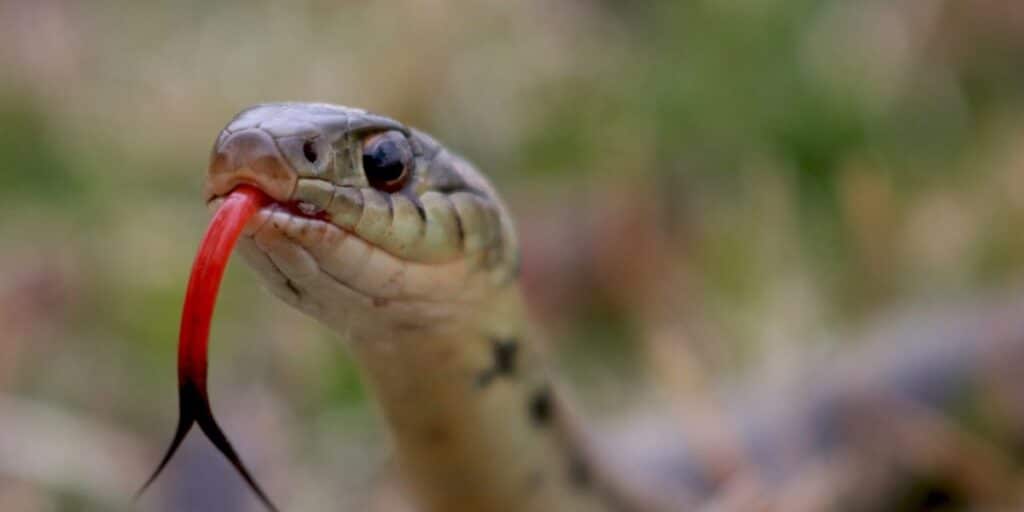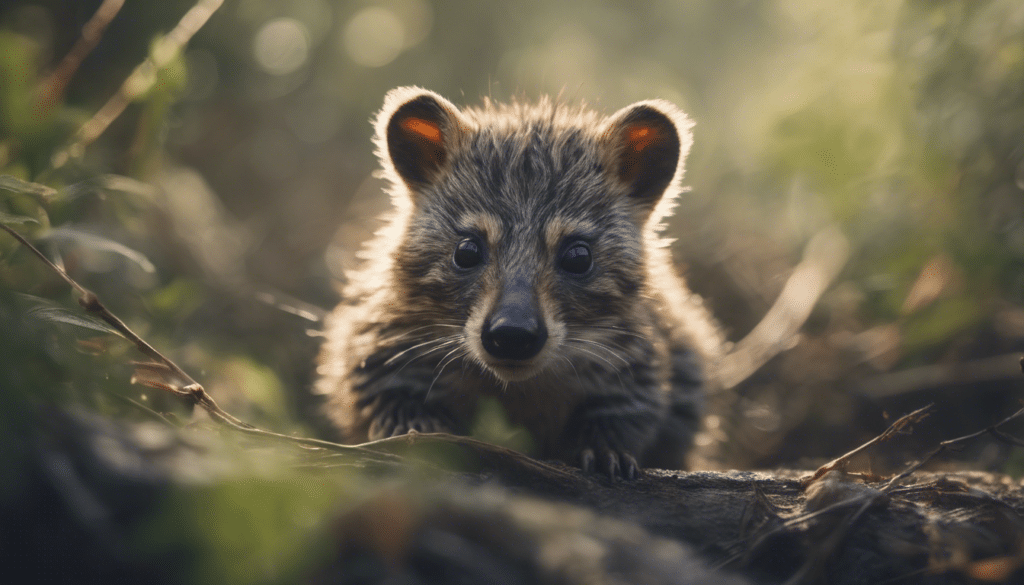Grasping the complexity of our planet’s biodiversity begins with an intricate process known as wildlife classification. This essential foundation of biological sciences not only uncovers the rich tapestry of life on Earth but also arms conservationists with the vital details to protect it. Under this broad umbrella, the focus on small animal taxonomy is of significant importance for several compelling reasons.
The Bedrock of Biodiversity Knowledge
Classifying wildlife involves arranging living organisms into categories to better understand relationships, ancestry, and evolutionary processes. Taxonomy, the scientific study of this classification, serves as a universal language that allows conservationists and researchers to communicate, identify, and preserve species effectively. It is a crucial tool for cataloguing and protecting the diverse creatures that inhabit our ecosystems, especially the smaller, often overlooked animals.
A Closer Look at Small Mammals and Birds
Smaller fauna, such as rodents, insectivores, and songbirds, play pivotal roles in their respective ecosystems. They often act as pollinators, seed dispersers, and a crucial link in the food chain. Understanding their taxonomic background sheds light on their unique behaviors, dietary requirements, and breeding habits, which is fundamental for developing targeted conservation strategies.
Conservation Efforts Guided by Taxonomy
Identifying the taxonomic status of small animal species is a stepping-stone to understanding their conservation needs. Knowledge of taxonomy allows scientists to assess the impact of environmental changes and human activities on these species. By recognizing taxonomic nuances, conservation efforts can be more effectively tailored to address threats such as habitat loss and predation pressure.
Monitoring Ecosystem Health Through Small Animals
Small animals often serve as indicators of environmental health, and their diversity can reflect the overall state of an ecosystem. Precise identification and classification allow for more accurate monitoring of ecosystem changes and better prediction of broader environmental shifts.
Challenges in Small Animal Taxonomy
While taxonomy plays a fundamental role in wildlife classification and conservation, it encounters its own set of challenges. These include cryptic species complexes, which require complex analyses to untangle, and a global decline in taxonomic expertise. However, the ongoing evolution of molecular techniques provides new tools for overcoming these obstacles and deepening our understanding of small animal taxonomy.
Engaging Communities in Wildlife Conservation
Recognition and classification of small animals can also foster a deeper connection between people and the natural world. These classifications are not just for the scientific community but also serve as a bridge to engage the public, inspire curiosity, and encourage participation in conservation initiatives. Understanding the taxonomic ties of neighborhood wildlife can lead to local stewardship and global conservation impacts.
Key Characteristics Defining Small Mammals, Reptiles, and Amphibians

Wildlife Classification: Key Characteristics Defining Small Mammals
The world of small mammals is rich and diverse, encompassing a wide range of creatures from the tiny shrew to the more sizable rabbit. These animals play critical roles in their ecosystems, often serving as prey for larger creatures and as vital consumers in their environmental niches. When classifying small mammals, biologists consider characteristics like body size, reproductive strategies, and dietary habits.
Generally, small mammals are characterized by their refined motor skills, which are necessary for their survival strategies, whether that involves burrowing, climbing, or stealthily maneuvering through dense underbrush. Their reproductive strategies are also notable, with some species, like rodents, having the capacity to breed rapidly and in large numbers, while others, like some bat species, may reproduce more slowly but invest heavily in parental care.
Dietary habits help further delineate this group, with many small mammals fitting into the roles of herbivores, omnivores, and insectivores. Each species’ diet is closely related to its dental anatomy, digestive system, and foraging behaviors, which have evolved to make the most efficient use of available resources within their habitats.
Understanding Reptiles in Wildlife Classification
Reptiles are a fascinating and distinct group within the animal kingdom, characterized by their scaly skin, which is impervious to water, thus preventing dehydration—a key adaptation in many of the habitats they occupy. This group includes turtles, snakes, lizards, and crocodilians, all of which share the unique trait of being ectothermic, regulating their body temperature through external sources instead of internal physiological processes.
Reptiles have varying reproduction strategies, with some species laying eggs (oviparous) and others giving birth to live young (viviparous or ovoviviparous). Their ecological roles are just as diverse, ranging from apex predators, such as crocodiles, to essential seed dispersers like some species of tortoises. Their diverse habitats—from arid deserts to lush rainforests—speak to their adaptability and the complexity of their survival strategies.
Classification within reptiles is largely based on physical characteristics such as the presence of limbs, the type of scales, and skull structure, which all help to determine where a species fits within the broader reptilian phylogeny.
Amphibians and Their Place in Wildlife Taxonomy
Amphibians are known for their dual-stage life cycles, typically beginning with an aquatic larval stage before metamorphosing into land-dwelling adults—a key characteristic that is fascinating from both an evolutionary and ecological perspective. Species within this group, such as frogs, toads, salamanders, and newts, possess permeable skin that can absorb water and exchange gases, making them excellent ecological indicators due to their sensitivity to environmental changes.
While their reproductive strategies largely involve laying gelatinous egg masses in water, many species have evolved remarkable breeding behaviors and developmental pathways, indicative of their adaptability and the diverse environments they inhabit. Their diet mainly consists of insects and other small invertebrates, placing amphibians as crucial players in controlling pest populations and therefore in maintaining the ecological balance.
In wildlife classification, amphibians are distinguished by their physical and developmental traits. These not only include the obvious stages of their life cycle but also their unique anatomical features such as toothless jaws in adults, and the presence of only a single bone in the lower jaw, aspects that influence their classification and evolutionary understanding within the animal kingdom.
Together, the classification of small mammals, reptiles, and amphibians offers a glimpse into the complex and interconnected tapestry of life. Each group, with its distinctive traits and ecological roles, highlights the importance of comprehensive wildlife classification systems that inform conservation efforts, helping us to protect these incredible creatures and the intricate world they inhabit.
Role of Habitat in the Distribution of Small Wildlife Species
The Intricate Puzzle of Habitats and Small Wildlife Species
The intricate ecological web that sustains various forms of life on Earth is profoundly influenced by the interplay between wildlife species and their habitats. Small wildlife species, often colossal in numbers and significance despite their diminutive size, offer an excellent illustration of this complex relationship. The distribution of these creatures is by no means random, and habitat plays a crucial, multifaceted role in where and how these species thrive.
Defining Small Wildlife Species and Their Habitats
Understanding the distribution of small wildlife begins with a clear definition of the subjects at hand. Small wildlife species encompass a broad range of animals, including insects, amphibians, reptiles, mammals, and birds – each adapted to specific ecological niches. Their habitats – the natural homes providing the necessary resources for survival, such as food, water, shelter, and space – are varied. These can range from dense forest understories and wetland ecosystems to arid deserts and urban environments.
Habitat Characteristics Influencing Wildlife Distribution
- Diversity of Food Sources: The availability of food can significantly influence habitats, drawing in species that feed on the flora or the fauna available.
- Water Availability: Particularly for species living in arid regions, the presence of water sources is a vital component of habitat suitability.
- Shelter and Breeding Sites: Features like dense vegetation, nesting sites, and protective cover are crucial for the survival of many small species, influencing their habitation patterns.
- Climatic Conditions: Temperature and weather patterns can make a habitat more or less hospitable, directly impacting the distribution of species that can adapt to those conditions.
- Human Influence: Urban development, agriculture, and other human activities reshape landscapes and thus, the availability of suitable habitats for wildlife.
The Ripple Effect of Habitat Loss and Fragmentation
As habitats shrink or become fragmented due to human activities or natural disaster, small wildlife species face profound challenges. Such changes can lead to a disruption in the availability of critical resources, a rise in predation and competition, and a decrease in genetic diversity due to isolated populations. These impacts underscore the crucial role of conservation and habitat restoration in maintaining balanced ecosystems and the distribution of these small but essential wildlife species.
Quantifying Habitats: The Science Behind the Scenes
Wildlife biologists and ecologists employ a variety of techniques to study and categorize habitats. These range from direct observation to remote sensing and habitat modeling. Through these methods, they can ascertain the distribution patterns of species and identify key habitat characteristics that support a high biodiversity of small wildlife. Such efforts lead to more informed decision-making in land use and wildlife management, with the goal of fostering rich and sustainable ecosystems that cater to the needs of small wildlife species.
Habitat Restoration and Wildlife Conservation Strategies
To mitigate adverse effects on wildlife, habitat restoration emerges as a bedrock of conservation strategies. Re-establishing native vegetation, rehabilitating wetlands, controlling invasive species, and creating wildlife corridors are among the tactics employed. Through such efforts, it’s possible to enhance the resilience of habitats and provide a sanctuary for small wildlife species. Moreover, these strategies ensure the ongoing health and balance of ecosystems that are central to both wildlife and human well-being.









